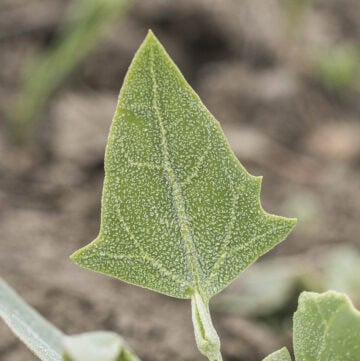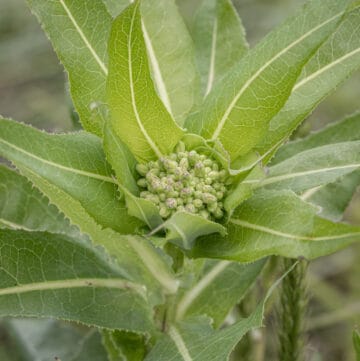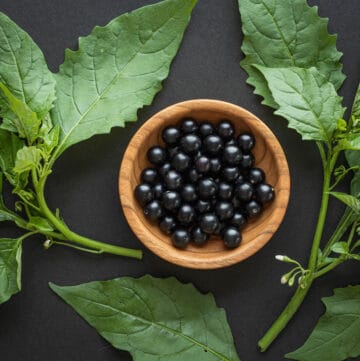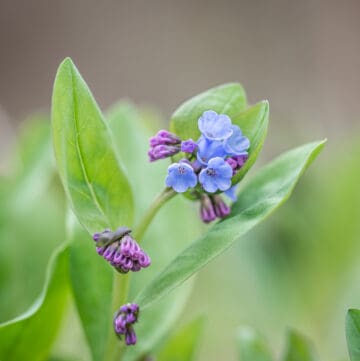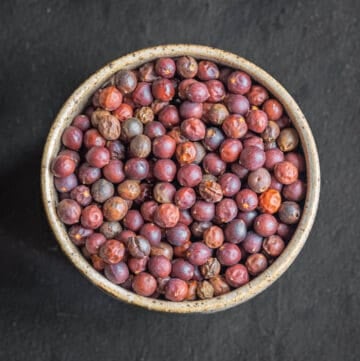Foraging Edible Wild Plants
About
Here you'll find posts on different wild plants I eat and enjoy, with plenty of images and descriptions as well as harvesting and cooking techniques.
Favorites
- Wild Fruit | Leafy Greens | Ramps | Milkweed | Hickory Nuts
- Black Walnuts | Wild Caraway | Sweetfern | Angelica | Spruce Tips

Variety is the spice of life.
I harvest a lot of things on this website. Foraging can be intimidating, and often guidebooks only have one or two small images of plants.
It's a big leap of faith from thinking you know what something is to putting it in your body or serving it to others.
One tool in a kit
I've designed this website to be a culinary companion to other resources you may already have. Think of it as one tool in a set of tools you can use to learn about different wild ingredients.
I try to cover: what it is, how to identify, look alikes (if any) when and where to harvest, and what you can do with it in the kitchen.
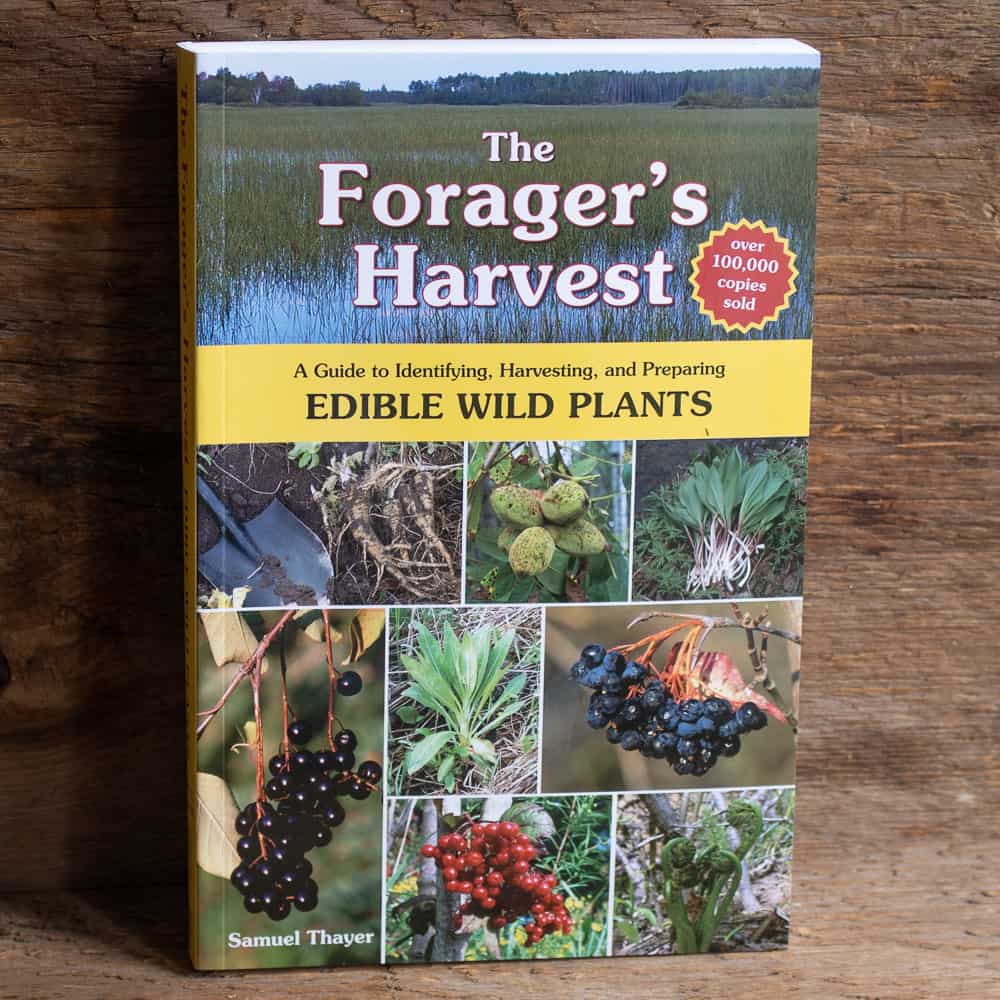
Sam's books are the gold standard in foraging.
Other Resources
Other tools in your plant identification kit I recommend are:
- Foraging guides, especially Sam Thayer's.
- Going on forays and plant walks with local experts in your area.
- Social media groups on Facebook. Joining a group specific to your area can show you what people are picking. It's like having eyes and ears in the woods.
- Despite what many of my peers will say, Identification apps like INaturalist and others have a pretty good success rate of getting plants to genus.
Moderation and Safety
Once you've found a new plant, mushroom, or anything, make sure to only consume small amounts when you start. Start with eating 4 oz of cooked leafy greens, or 2 oz (raw weight) of mushrooms if it's your first time.
-
Evening Primrose
-
Bronze Fennel
-
Foraging Oyster Plant or Yellow Salsify
-
Yellow and White Sweet Clover
-
Black Raspberries (The Black Cap Berry)
-
Foraging Green and Red Orach / Saltbush
-
Foraging and Cooking Cattails
-
Foraging Burdock Root, and Other Edible Parts of the Plant
-
American Basswood Leaves / Linden Tree
-
Foraging Ground Elder / Snow on the Mountain / Bishop's Weed
-
Crow Garlic / Onion Grass / Allium Vineale
-
Wisteria Flowers
-
Eastern Teaberry or Wild Wintergreen (Gaultheria procumbens)
-
Pennsylvania Pellitory: An Edible Weed That Tastes Like Cucumber
-
Lady's Thumb and Other Edible Smartweeds
-
Wild Lettuce: Identification, Harvesting and Cooking
-
Black Nightshade Berries and Greens: an Edible Plant Eaten Around the World
-
American Pokeweed: How to Cook and Prepare Poke Salad Safely
-
Purple Prairie Clover
-
White Campion (Silene latifolia)
-
Foraging and Cooking Wapato, The Katniss Plant
-
Linden Chocolate
-
Quelites: The Edible Wild Greens of Mexico
-
Sheep Sorrel (Sour Grass)
-
Dock Seed Flour
-
Pineapple Weed (Wild Chamomile)
-
Foraging and Cooking Thistles
-
Sea Beet
-
Oxeye Daisy
-
Lampascioni: Southern Italy's Edible Hyacinth Bulbs
-
Black Locust Flowers
-
Swamp Saxifrage Shoots
-
Elm Samaras
-
Golpar (Cow Parsnip Seed)
-
Sweetfern (Comptonia peregrina)
-
Green Kentucky Coffee Beans
-
Foraging and Cooking Dandelion Hearts or Crowns
-
Virginia Bluebells (Mertensia virginica)
-
Hackberries
-
Fresh Horseradish






